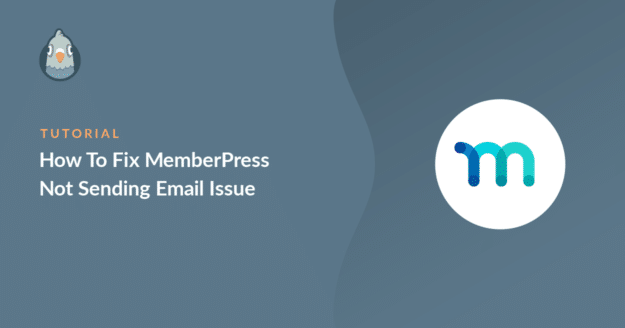MemberPress is a WordPress membership plugin. If emails from it go missing, the members will miss important updates related to their memberships.
Most of the time, this happens because your WordPress site isn’t set up to send email the right way, but there could be an issue with your MemberPress email settings, too.
In this guide, I’ll show you how to troubleshoot the exact issue in MemberPress and then set up an SMTP service using WP Mail SMTP to improve your email deliverability.
Fix Your MemberPress Emails Now! 🙂
Why Aren’t My Customers Receiving Emails From MemberPress?
With any WordPress membership plugin, it’s important that you can market your gated content and send updates without running into email deliverability problems.
Your customers likely aren’t receiving emails because they’re going to spam, since most WordPress websites use the default wp_mail() function to send emails.
The easiest way to fix all problems with the wp_mail() function is to reconfigure it to use SMTP rather than relying on PHP. The best way to achieve this is by using WP Mail SMTP.
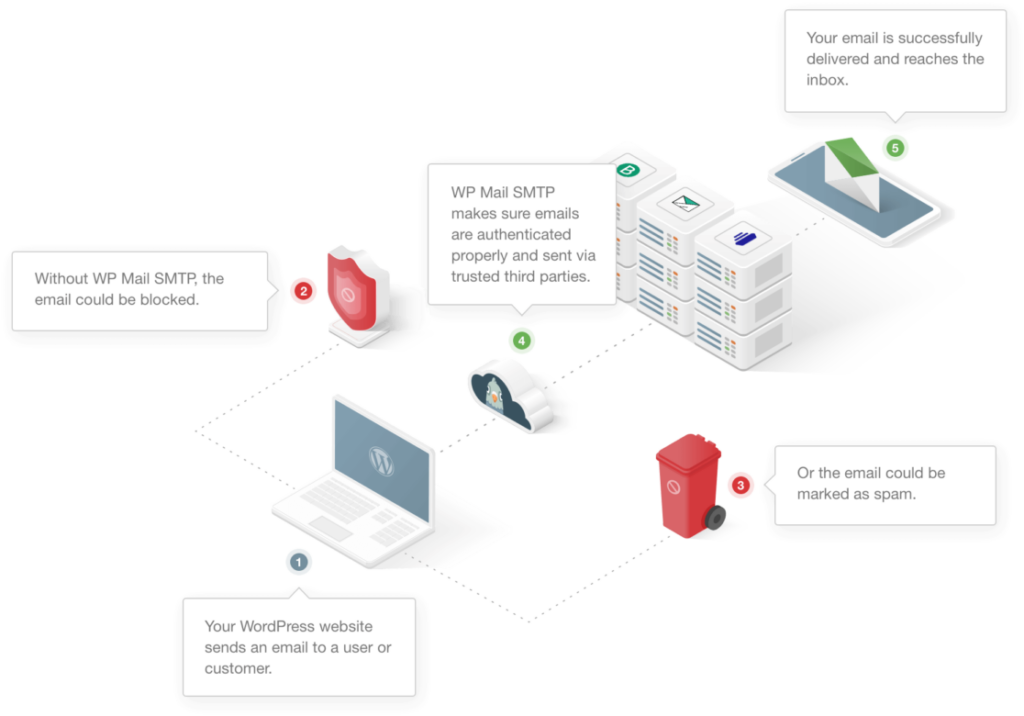
How To Fix MemberPress Not Sending Email
Step 1: Check MemberPress Email Settings
MemberPress is the best membership plugin for WordPress. You get a ton of control over your email notifications, so it’s easy to check that they’re correctly set up.

To access the email settings, click on MemberPress » Settings in the WordPress navigation menu.
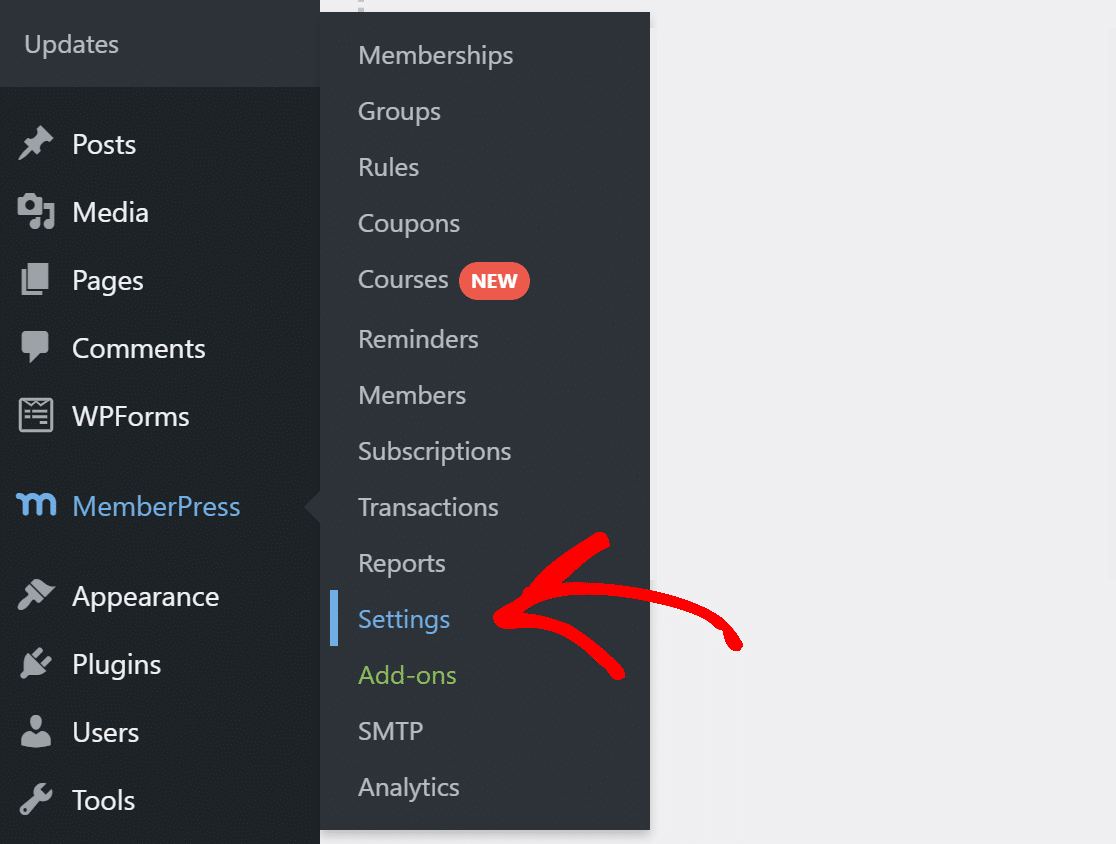
At the top, look for the Emails tab and click on it.

Here, you will find all the settings for emails that MemberPress sends. You can enable or disable individual emails or click on the Edit button to edit the email content. The same is applicable to admin emails.

To ensure you receive all the admin-related emails, type the email address you want to send these notifications to in the Admin Email Addresses field.
To add multiple addresses, separate them with commas. Make sure you have access to all the email addresses you add here.

Next, it’s important to configure the setting for the email address used to send out emails from your website. Scroll down to the section Send Mail From. Here, we have to change the “From Name” and “From Email” fields.
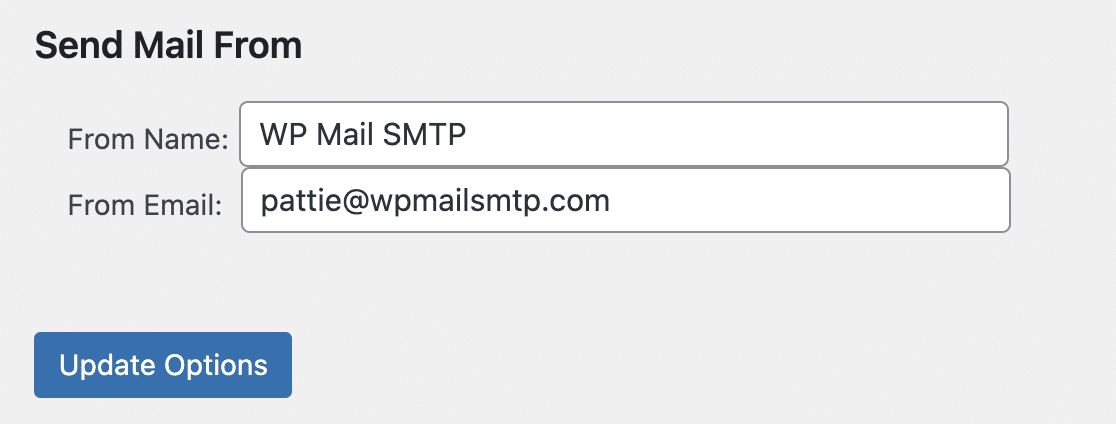
By default, MemberPress will populate these fields with the site title and the admin email address. You can keep the From Name as it is and change the From Email to something with your domain as the extension.
For example, we use an email at wpmailsmtp.com for the contact form on our website. Using such an email will improve the deliverability.
In the end, click on Update Options to save the settings. If this doesn’t solve the MemberPress not sending email issue, we’ll need to install an SMTP plugin that will add authentication to the emails.
Step 2: Install the WP Mail SMTP Plugin
WP Mail SMTP is the best SMTP plugin for WordPress. It lets you easily send all of your WordPress emails through an external email provider. This adds the important verification needed to bypass the spam filters.
To start, log in to your WP Mail SMTP account and download the latest version of the plugin file. You can get the zip file by clicking on the Downloads tab, then clicking the orange Download WP Mail SMTP button.
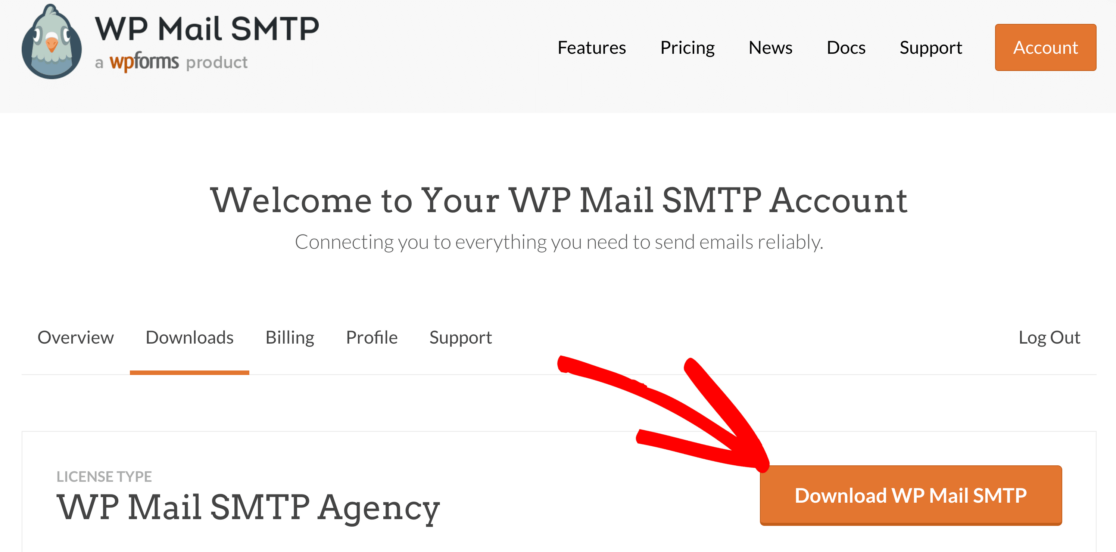
Switch to the WordPress dashboard and upload the zip file on the Plugins page. If you need help with this part, check out this guide that explains how to install a WordPress plugin in detail.

Make sure you Activate the plugin. As soon as you do that, the Setup Wizard will open in your browser. Now it’s time to choose your mailer service.
Step 3: Choose a Mailer Service
Click the Let’s Get Started button to begin the process. WP Mail SMTP offers plenty of options for the mailer. You get free as well as paid providers to handle your WordPress emails.
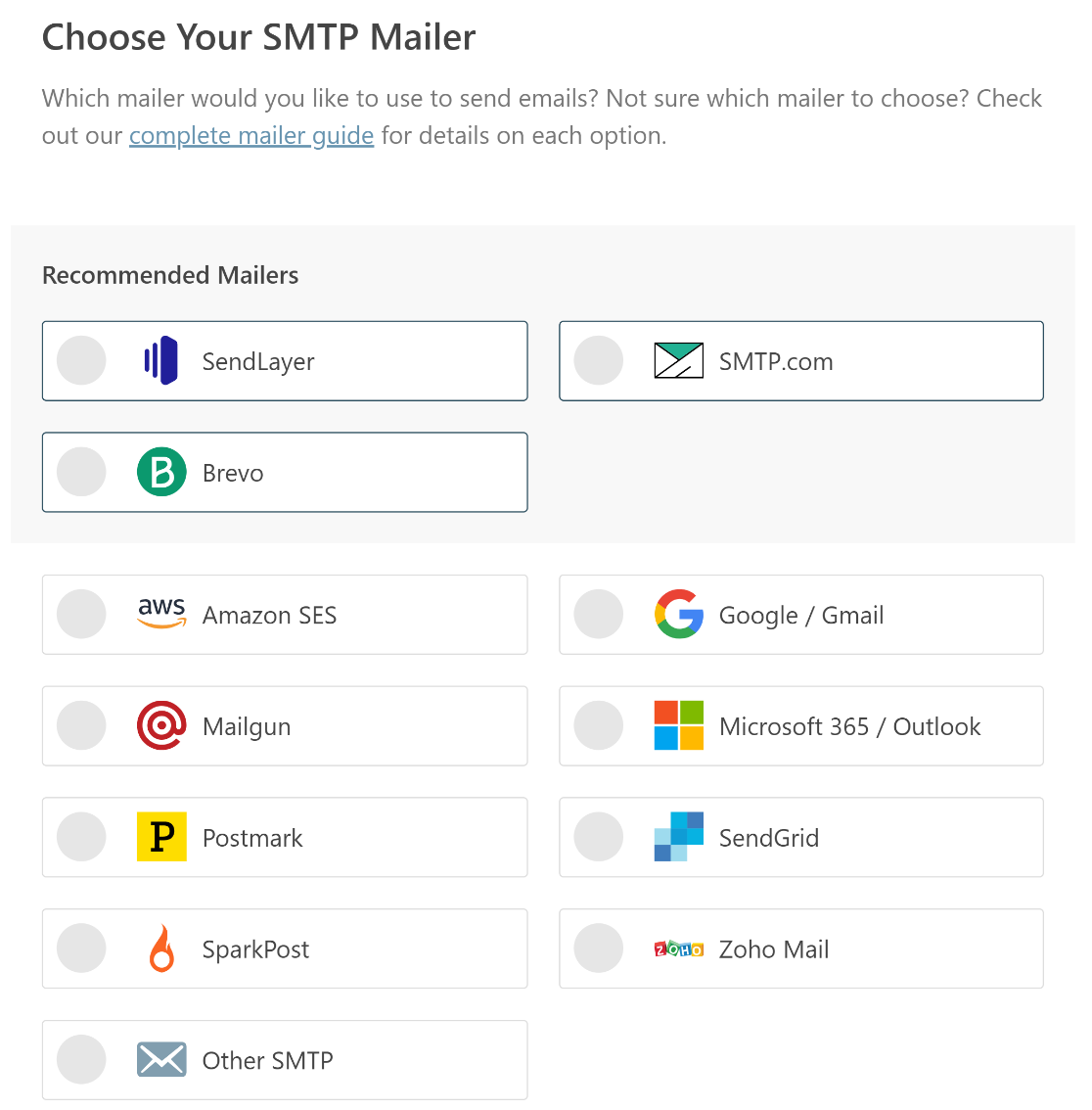
The provider you choose will depend on the type of website you have. Since you’ll be sending transactional emails from your MemberPress website, we recommend SendLayer, SMTP.com, and Brevo (formerly Sendinblue).
All 3 offer reliable service and are easy to use. If you are not sure what to choose, check out this complete guide on email providers WP Mail SMTP has to offer.
When you’ve selected your email provider, you’ll need to set up an account on their website. We’ve got a document for each one to show you exactly what you need to do:
- SendLayer
- SMTP.com
- Brevo
- Amazon SES
- Google Workspace / Gmail
- Mailgun
- Microsoft 365 / Outlook.com
- Postmark
- SendGrid
- SparkPost
- Zoho Mail
- Other SMTP (any other SMTP server)
If you want to set up multiple mailers, you can do so in the Additional Connections settings once you’ve finished the Setup Wizard.
Then you can select a Backup Connection and configure Smart Routing. Switch back to this guide after you have set up the connection on the mailer website.
Step 4: Log Your MemberPress Emails (Optional)
For the next step, email deliverability and error tracking options will be enabled for you. You’ll also have the option to turn on several other useful features.
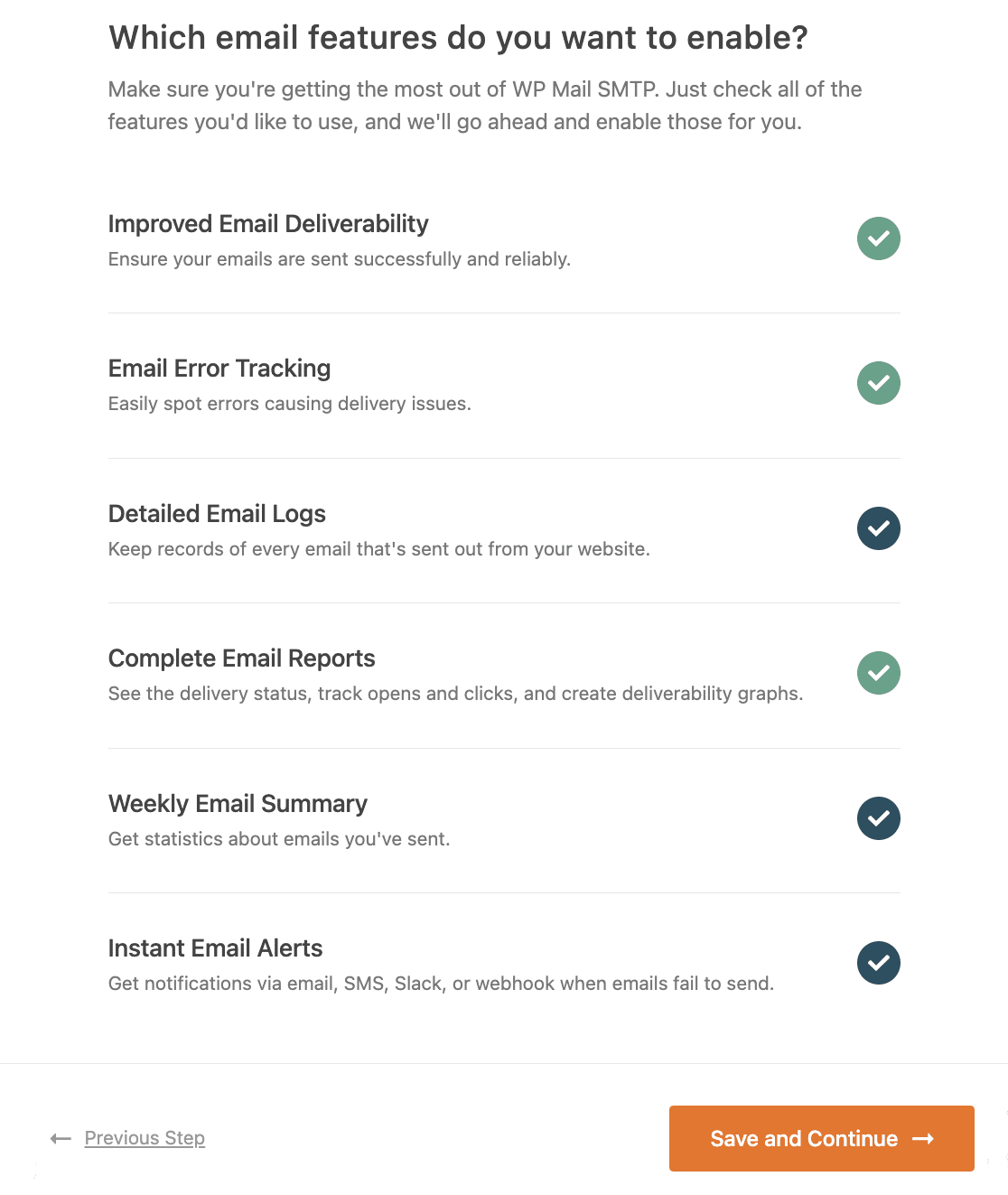
The Detailed Email Log option will track and log every email sent from your website in Complete Email Reports. This includes the MemberPress emails as well as all emails from other plugins on your website.
You’ll be able to print these logs, export them to a spreadsheet, and more. It also lets you check the deliverability status of each email your site sends using a handy dashboard widget.
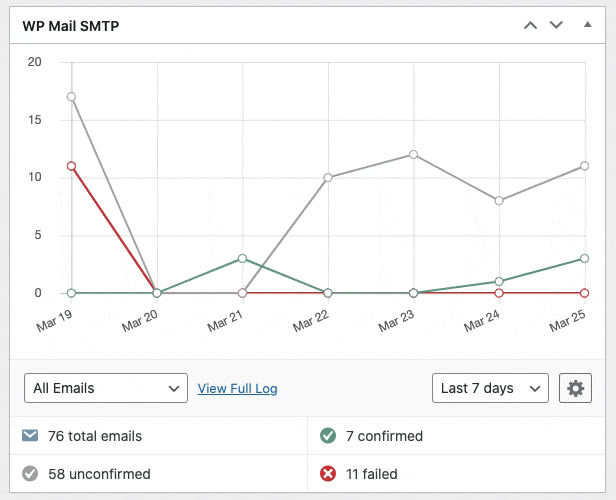
The Weekly Email Summary sends you an overview of your latest email delivery stats each week.
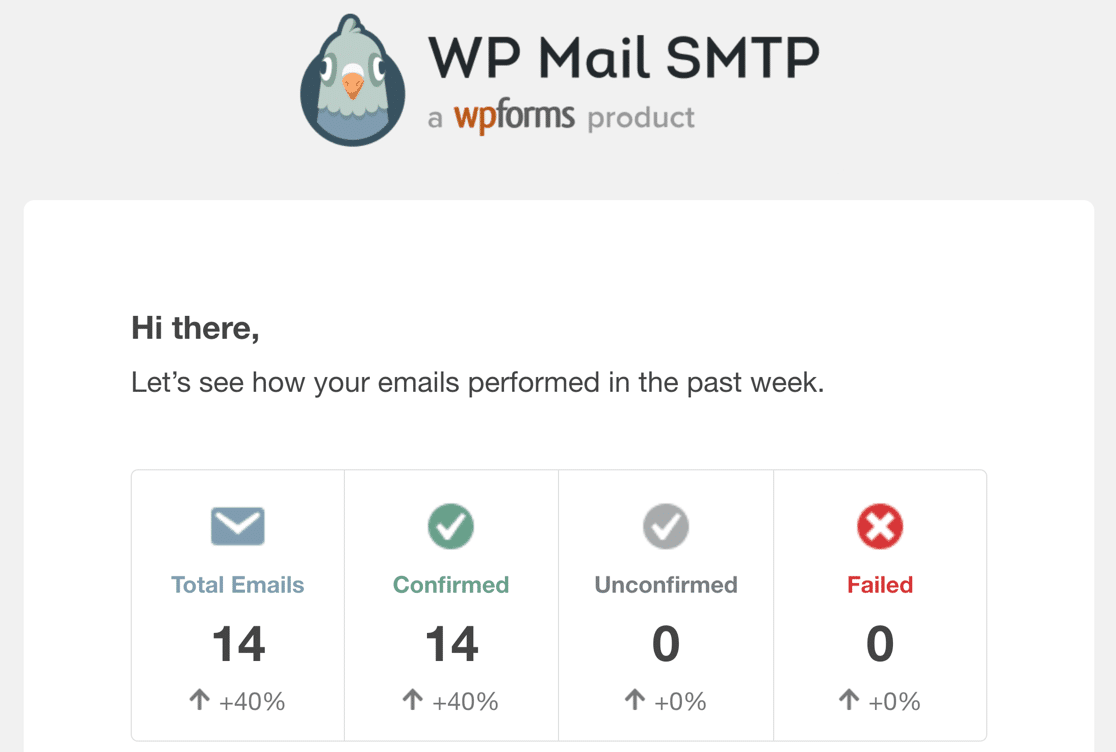
And the Instant Email Alerts notify you immediately if your site fails to send an email. They also provide some details to help you troubleshoot the problem and get your emails working again.
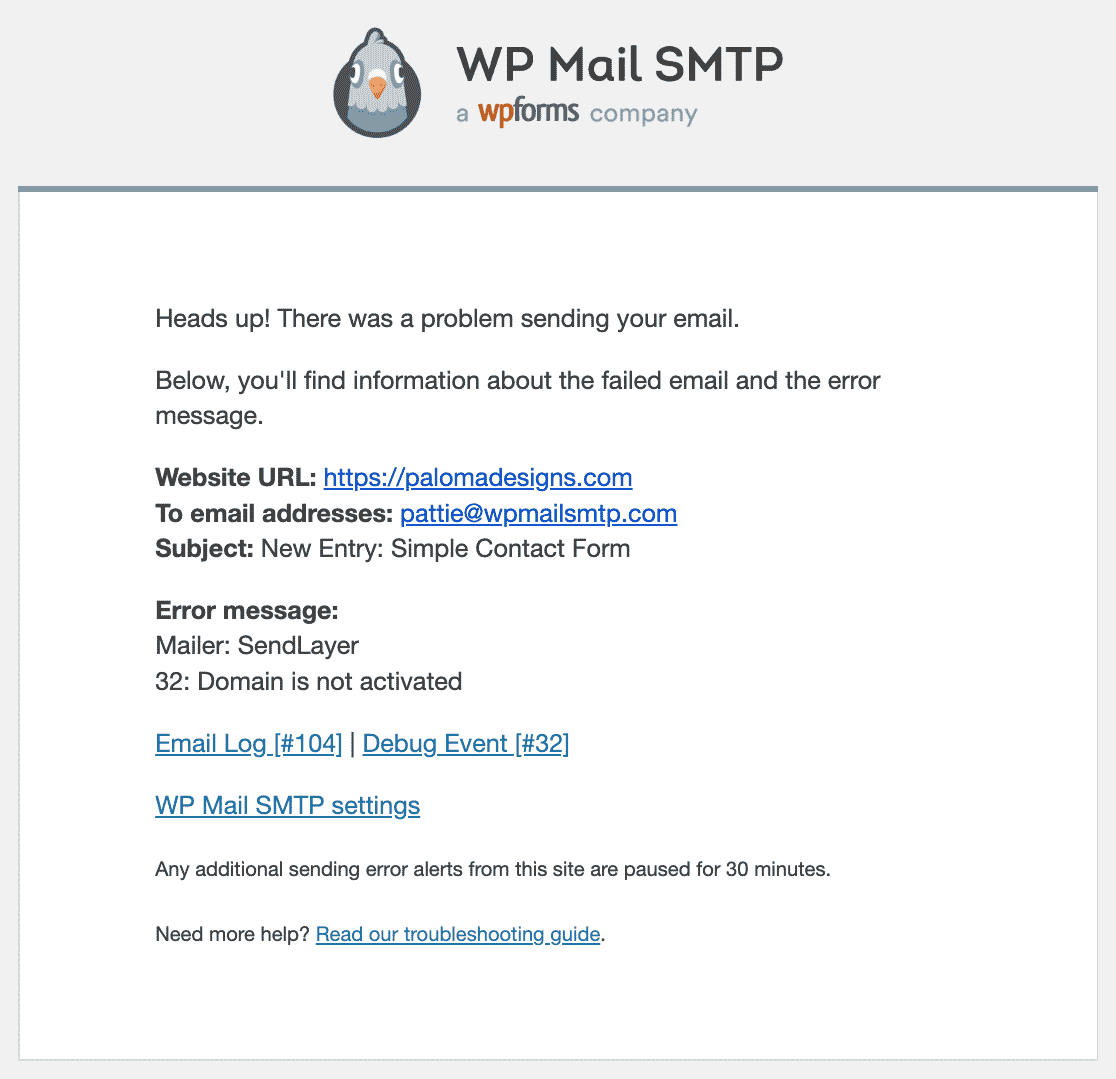
If you enable email logging, you’ll also have the options to turn on some advanced features.
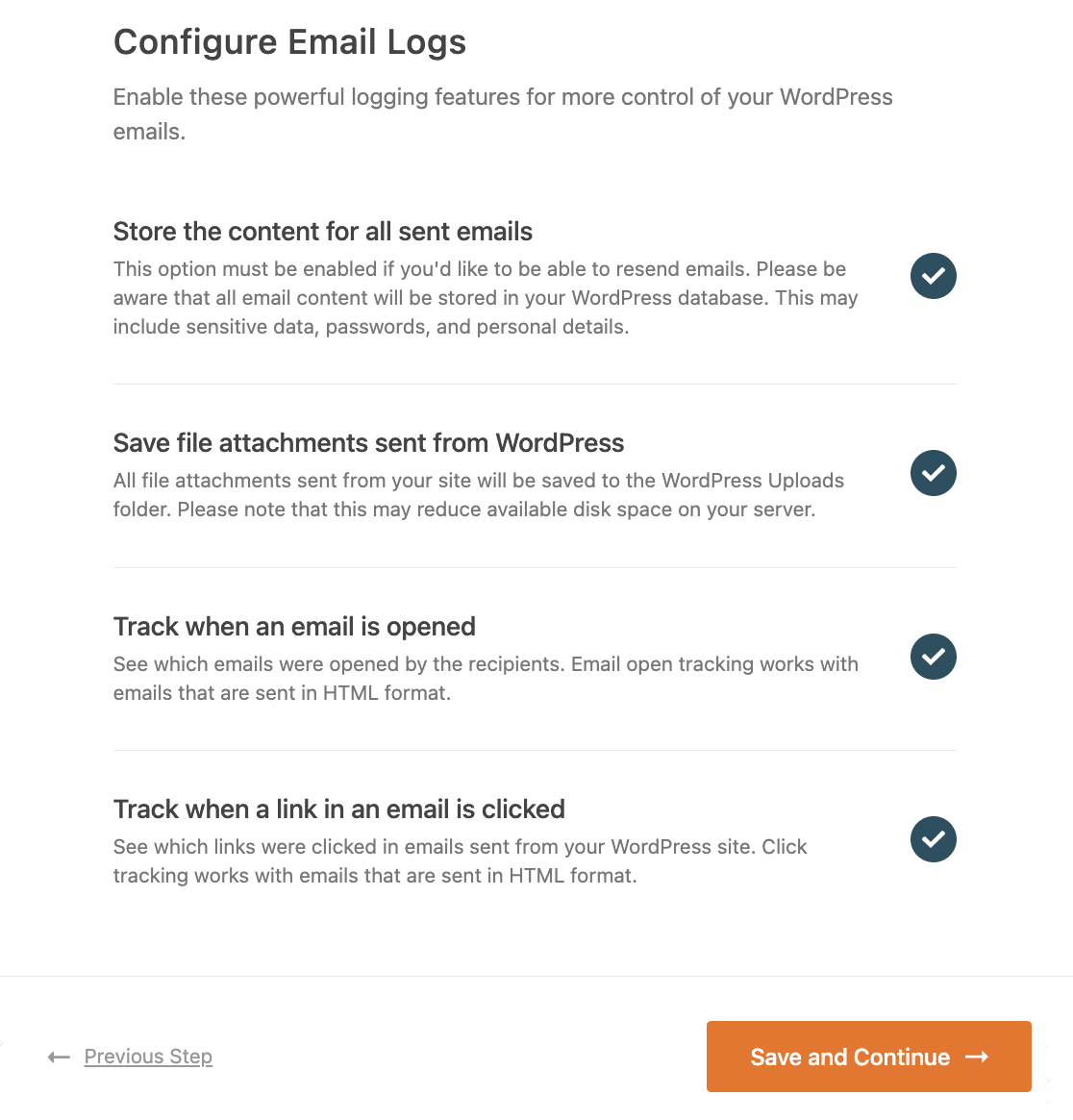
These features let you save the content of your emails so you can resend them if you need to, store file attachments for future reference, and track email opens and link clicks.
One last thing. Grab the license key from your WP Mail SMTP account and paste it into the box to activate future plugin updates.

That’s it! We’re done fixing the MemberPress not sending email. You can send a test email from WP Mail SMTP to make sure everything’s working.
Step 5: Control Other WordPress Alert Emails (Optional)
Just like MemberPress, WP Mail SMTP also offers full control over the default WordPress email alerts. If you have a busy site, these alerts can fill up your inbox.
To manage your WordPress email notifications, go to the WP Mail SMTP plugin settings and click on Email Controls. You will see a list of all alerts that WordPress sends.

Toggle off the alerts that you don’t need and click on Save Settings.
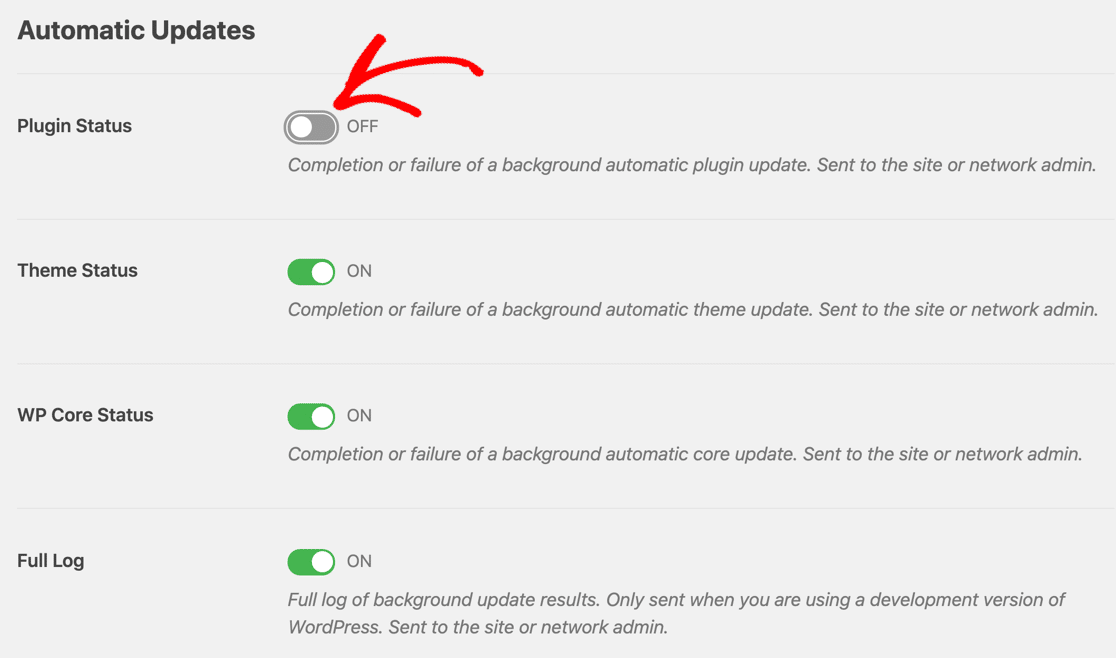
Your inbox will now be free of unnecessary notifications from your website.
FAQs on How to Fix MemberPress Not Sending Emails
Learning how to fix MemberPress not sending emails is a popular topic of interest among our readers. Here are answers to some common queries about it:
Why is MemberPress not sending welcome emails?
This usually happens when your site can’t send mail properly. Many web hosts block the default mail function that WordPress uses, so emails get stuck or lost.
How do I fix MemberPress email delivery problems?
Install an SMTP plugin like WP Mail SMTP. It connects your site to a real mail service and helps make sure MemberPress messages reach the inbox.
Can I use SMTP to send MemberPress emails?
Yes. MemberPress uses the same mail system as WordPress, so once SMTP is set up, all its emails, including welcome messages, will send through that connection.
How do I test if MemberPress emails are working?
Go to WP Mail SMTP » Tools » Email Test and send a message to yourself. If that works, MemberPress emails should send too.
Where are MemberPress email settings in WordPress?
Go to MemberPress » Settings » Emails. There, you can turn messages on or off, update text, and change who receives them.
Why are MemberPress emails going to spam or not showing up?
This happens when the mail doesn’t pass basic checks. Using an SMTP plugin with proper authentication fixes most of these problems.
What plugins can help MemberPress send email reliably?
WP Mail SMTP is one of the best. It works with services like Gmail, Outlook, and SendLayer to send MemberPress emails without issues.
How do I change the From Email for MemberPress messages?
Go to MemberPress » Settings » Emails, and look for the From Email field. Change the address there, then save your settings.
Next, Check Your DNS Settings
Now that you have fixed the MemberPress not sending email, you’ll also want to check your DNS settings. If you don’t add DMARC, SPF, and DKIM records to your DNS, your email notifications might still be filed in the Junk Mail folder. Start by creating a DMARC record for your domain.
Ready to fix your emails? Get started today with the best WordPress SMTP plugin. If you don’t have the time to fix your emails, you can get full White Glove Setup assistance as an extra purchase, and there’s a 14-day money-back guarantee for all paid plans.
If this article helped you out, please follow us on Facebook and Twitter for more WordPress tips and tutorials.

